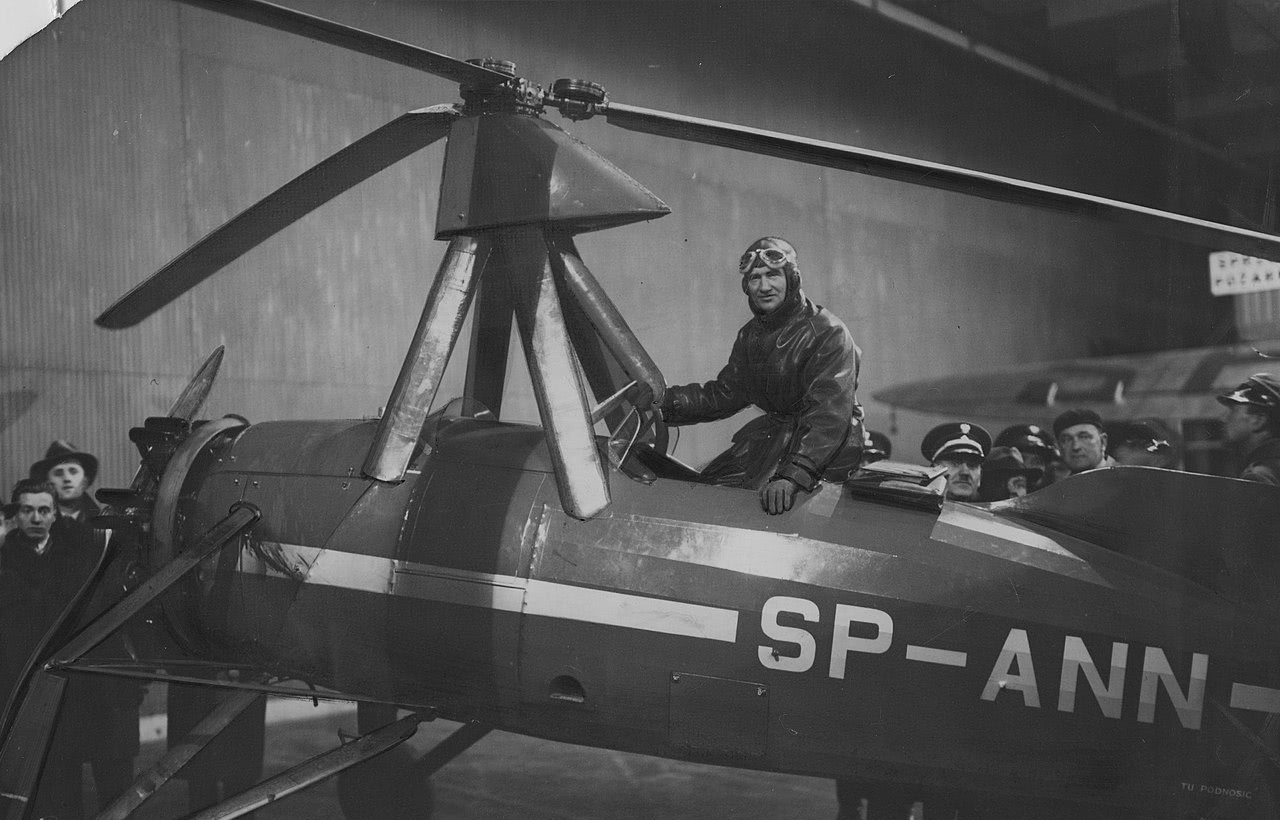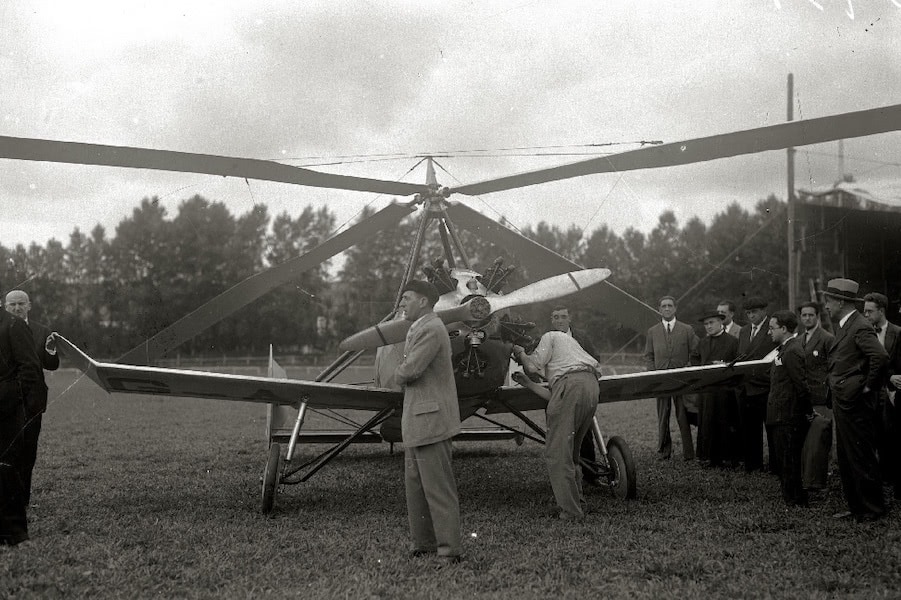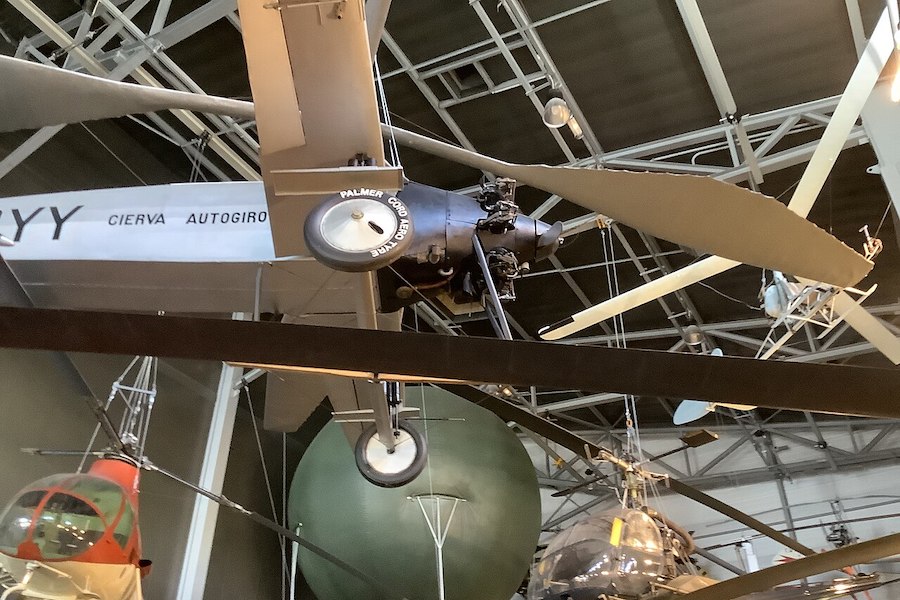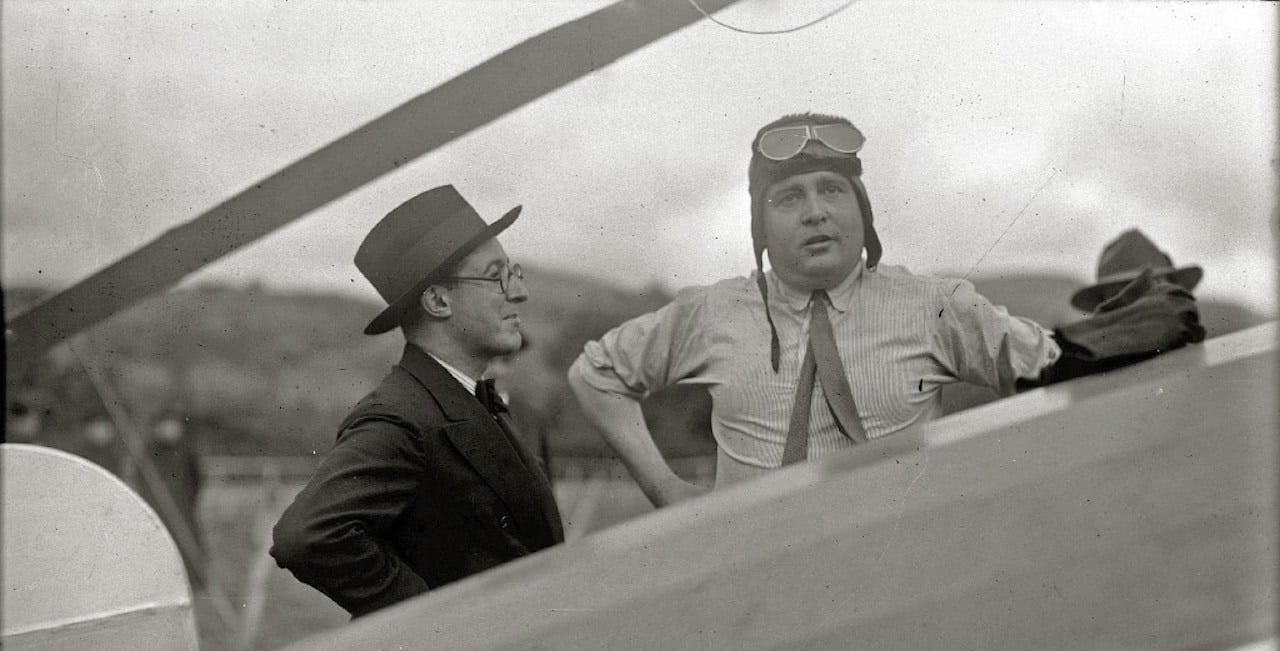Helicopters are part of our reality, they are used in the military, medical field… But not so many years ago, that wasn’t the case.
And did you know that this changed thanks to a Spaniard? Juan de la Cierva y Codorníu is the genius behind the invention of the gyroplane, precursor of the modern helicopter we know today.
In this article we will explain who Juan de la Cierva y Codorníu was, one of the people responsible for making the helicopter a safe and reliable means of transport.
Let’s take flight!






